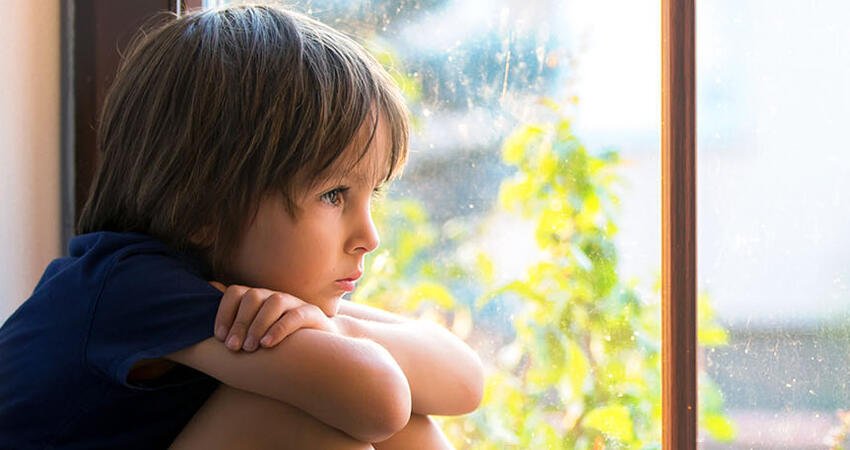
Housing Instability Is Linked to Adverse Childhood Behavior
- Title:
- Housing Instability Is Linked to Adverse Childhood Behavior
- Author:
-
Abigail L. Gaylord, Whitney J. Cowell, Lori A. Hoepner, Frederica P. Perera, Virginia A. Rauh, Julie B. Herbstman
- Source:
-
International Public Health Journal
- Publication Date:
-
2018
Stable housing critically affects the physical, social, and emotional development of children. Research shows that housing instability can inhibit verbal abilities, stifle academic achievement and educational attainment, and increase the risk of chronic disease. Building on this evidence base, a recent study explored what causes housing instability and the effects of housing instability on young children’s behavior.
Researchers analyzed survey data from the Mothers and Newborns Study, a longitudinal birth cohort maintained by the Columbia Center for Children’s Environmental Health, to track the outcomes of children born to 496 mothers who met the eligibility requirements. Researchers reviewed survey responses from when the mothers’ children were 1, 2, 3, 5 and 7 years old to assess the mothers’ self-reported material hardship, satisfaction with living conditions, state of housing disrepair, and their children’s behavior according to a child behavior checklist. After coding and grouping responses, researchers examined the influence of housing disrepair and maternal satisfaction with housing on housing instability, which they defined by the frequency of families’ residential moves over the course of the study. Researchers then explored the effects of housing instability and material hardship on children’s behaviors, including attention and rule breaking; anxiety and depression; somatic complaints; and attention, thought, and social problems. Nearly three-quarters of the mothers were single, and on average, were 25 years old at the prenatal visit. Nearly a quarter of the study population experienced persistent high material hardship throughout the study period.
Key findings
- Children who experienced housing instability, defined as a residential move at three or more study visits, were 1.95 times more likely to have thought-related behavioral issues and were 1.56 times more likely to have attention-related behavioral issues than children who moved once or did not move at all between study visits.
- Children who moved more than three times over seven years experienced more behavioral problems and overall internalizing problems than those who moved less, but these findings were not statistically significant after adjusting for other factors.
- Families experiencing persistent high material hardship were 1.36 times more likely to experience housing instability than families with low or fluctuating material hardship.
- Children in families who experienced persistent material hardship had significantly more behavioral issues than children living in families with low or fluctuating material hardship (e.g., 1.25 higher anxiety and depression problem scores).
- Housing disrepair is only associated with housing instability for older children. During the three-year study visit, families who experienced significant housing disrepair were 1.81 times more likely to move at least once between study visits. For the five-year study visit, families who experienced significant housing disrepair were 1.67 times more likely to move at least once between study visits.
Policy implication
- Research shows that housing subsidies can reduce material hardship and childhood instability. This study’s findings suggest that financial capital may be better spent on housing assistance subsidies that increase a family’s ability to remain in a long-term home, particularly for those living in urban neighborhoods.
Photo by Tomsickova Tatyana/Shutterstock


